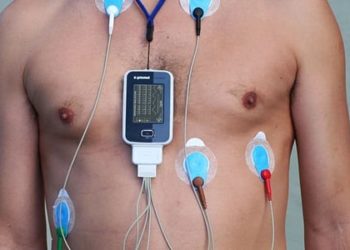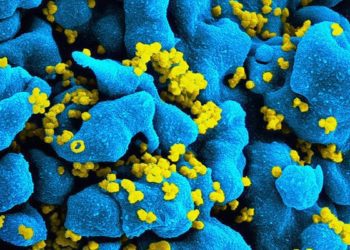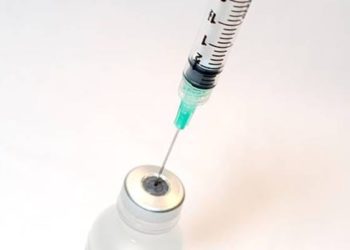The MR CLEAN trial: Intraarterial Treatment for Acute Ischemic Stroke [Classics Series]
This study summary is an excerpt from the book 2 Minute Medicine’s The Classics in Medicine: Summaries of the Landmark Trials
1. In this phase 3 randomized, controlled trial, intraarterial treatment for acute ischemic stroke with usual care was associated with a significant improvement in functional independence versus usual care alone.
2. Use of intraarterial treatment was not associated with an improvement in mortality or occurrence of symptomatic intracerebral hemorrhage.
Original Date of Publication: January 2015
Study Rundown: The Multicenter Randomized Clinical Trial of Endovascular Treatment for Acute Ischemic Stroke in the Netherlands (MR CLEAN) was designed to assess whether the addition of intraarterial treatment to usual care of acute ischemic stroke improved efficacy versus usual care alone. Overall, the absolute difference in functional independence via modified Rankin score was 13.5 percentage points in favor of intraarterial treatment (32.6%) versus only usual care (19.1%). This treatment effect persisted in the study’s various subgroups, including subgroups based on age or National Institutes of Health Stroke Scale (NIHSS). There was no significant difference between groups for serious adverse events during 90-day follow-up (p = 0.31). Strengths of this study included its comprehensive inclusion of all intraarterial treatments at stroke centers in the Netherlands during the trial period. Major limitations, however, included the asymmetric group sizes (233 in intervention vs. 267 in control). Furthermore, these results should be interpreted with some caution, as, although intraarterial treatment proved to be beneficial, nearly 9% of patients in the intervention group had embolization into another vascular territory when assessed on digital-subtraction angiography.
Click to read the study in NEJM
In-Depth [randomized controlled trial]: The MR CLEAN trial was conducted at 16 stroke centers across the Netherlands between December 2010 and March 2014, with a total of 502 participants with acute occlusion in the anterior circulation artery. Addition of intraarterial treatment comprised either delivery of a thrombolytic agent or mechanical thrombectomy at the discretion of the attending physician. Overall, the intervention group saw a significant improvement in functional outcome as measured by the modified Rankin score at 90 days (13.5 percentage points in favor of intervention), with an adjusted odds ratio of 2.16. Although there was no significant difference between groups for serious adverse events, 5.6% of patients in the intervention group had clinical signs of new ischemic stroke in a new vascular territory within 90 days, versus 0.4% in the control group. Complications related to the intraarterial intervention included embolization into new vascular territory (8.6% of patients), vessel dissection (1.7%) and vessel perforation (0.9%). The improved treatment effect in the intervention group persisted within subgroups stratified by age, NIHSS score, or Alberta Stroke Program Early Computed Tomography Score.
Berkhemer OA, Fransen PSS, Beumer D, van den Berg LA, Lingsma HF, Yoo AJ, et al. A Randomized Trial of Intraarterial Treatment for Acute Ischemic Stroke. New England Journal of Medicine. 2015 Jan 1;372(1):11–20.
©2022 2 Minute Medicine, Inc. All rights reserved. No works may be reproduced without expressed written consent from 2 Minute Medicine, Inc. Inquire about licensing here. No article should be construed as medical advice and is not intended as such by the authors or by 2 Minute Medicine, Inc







